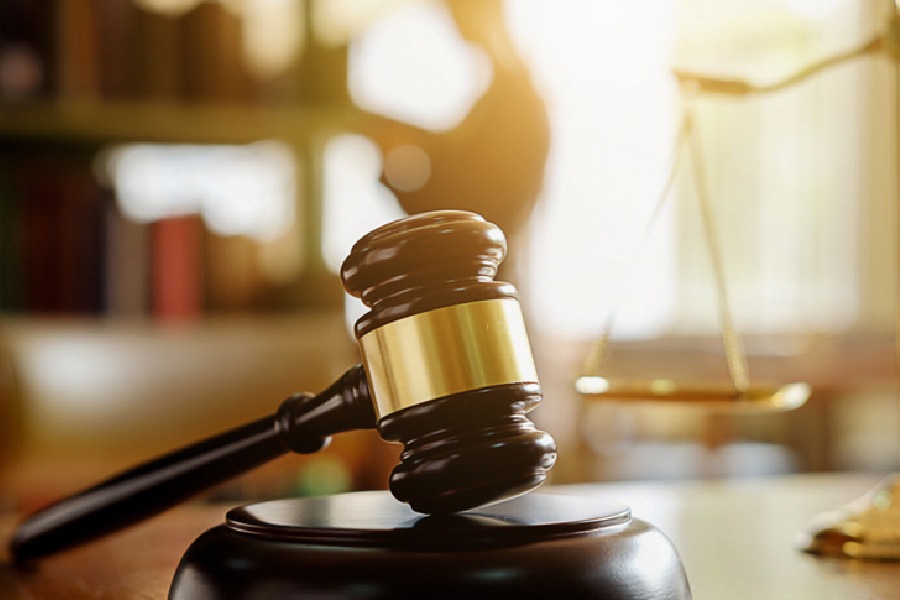The civil suit regarding the restoration of a temple where the Gyanvapi mosque stands in Varanasi is a little over three decades old. It was filed by three members of the majority community and claimed, in brief, that a temple was demolished to make space for the mosque. Archaeological inquiry into the claim was instituted with the court’s permission in 2021 and the Archaeological Survey of India has recently submitted its report. The Allahabad High Court has, as has been reported in the media, dismissed the challenge from the management committee of the mosque and other parties from the minority community to the maintainability of the original suit and has ordered the lower court to submit its judgment within a fixed time. The petition against the civil suit referred to Section 4 of the Places of Worship (Special Provision) Act, 1991, which laid down in effect that all religious edifices should retain the religious identity that they had on August 15, 1947. Proceedings to alter that, the Act states, would not be allowed. According to the Allahabad High Court, the ‘religious character’ of the Gyanvapi area must be fixed by the courts; the 1991 law does not bar that. The high court went on to say that a ‘dual’ character was not acceptable for a place of worship; the legislation of 1991 did not, the court has pointed out, define the term, ‘religious character’.
The niceties of law are inaccessible to laymen who look up to the wisdom of the court. The high court’s decision may suggest to them that the Places of Worship Act is not applicable in the Gyanvapi case, and that there is now an urgency around the 32-year-old suit. Since the Ayodhya land dispute was settled in court, fixing the ‘religious character’ of an area by court ruling may also appear to be usual in a professedly secular system. Does this mean that diversity, convention, co-existence and legislations that protect these elements would increasingly be placed under scrutiny — judicial or otherwise — as well? Incidentally, ancient scriptures, reported references in history, a rumoured world that is long past were included in the claim for restoration. The high court’s emphasis on the national impact of the case, as it concerns two religious communities, suggests that religion is now the focal point of the nation’s attention.










